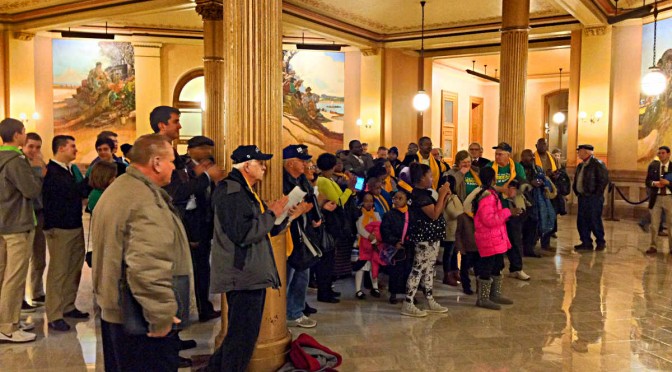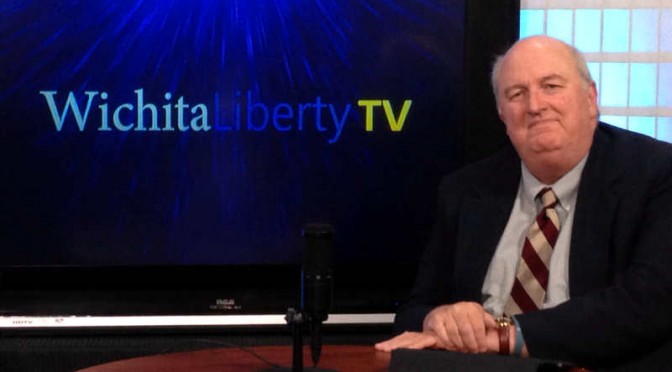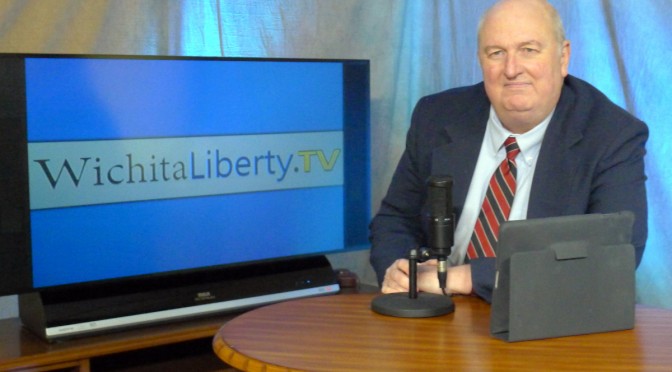Kansas public schools ought to thank the governor and legislature for failing to give parents the power of school choice.
The public school establishment in Kansas is angry with the governor and legislature over school finance. Really, the public schools ought to be grateful for Governor Sam Brownback. In many states with conservative Republican governors, school choice programs have grown. In the summer of 2011 the Wall Street Journal reported on what it called “The Year of School Choice.”
Some governors have been warriors for school choice. Not Kansas Governor Sam Brownback, however. He signed a small school choice bill when it landed on his desk. But he has not vocally advocated for expanded school choice. There are several Kansas legislators who are in favor of school choice, but not enough, certainly not in leadership.
As public schools and their unions despise any form of school choice and the accountability it provides, they should be grateful for our governor and legislature. Kansas public schools operate without much competition, and that’s the way public schools and their unions like it.
School choice in Kansas
How little school choice exists in Kansas? One implementation of school choice that is popular in some states is the charter school. According to National Alliance for Public Charter Schools, Kansas has a poor charter school law. That is, Kansas law makes it difficult to start and maintain a charter school. Of the 43 states that have charter schools, Kansas ranked 42. Kansas public schools are effectively shielded from the diversity and competition that charter schools provide.
Others have also found the Kansas charter school law to be very restrictive. The Center for Education Reform found the Kansas charter school law to be the worst in the nation.
Governor Brownback signed a tax credit scholarship program. The Kansas program is small and restrictive, earning the grade of “D” from Center for Education Reform. Kansas has no school voucher program.
Altogether, Kansas parents have little power to choose schools for their children. The primary power Kansas parents have is to choose where they live. If a family can afford to, it can live in a district where the public schools are not as bad as they are in other districts. Given that these desirable districts almost always cover higher-income areas, poor parents don’t have this possibility.
School choice won’t fix everything, but it goes a long way. Here’s a portion of the 2011 Wall Street Journal article “The Year of School Choice.”
Choice by itself won’t lift U.S. K-12 education to where it needs to be. Eliminating teacher tenure and measuring teachers against student performance are also critical. Standards must be higher than they are.
But choice is essential to driving reform because it erodes the union-dominated monopoly that assigns children to schools based on where they live. Unions defend the monopoly to protect jobs for their members, but education should above all serve students and the larger goal of a society in which everyone has an opportunity to prosper.
This year’s choice gains are a major step forward, and they are due in large part to Republican gains in last fall’s elections combined with growing recognition by many Democrats that the unions are a reactionary force that is denying opportunity to millions. The ultimate goal should be to let the money follow the children to whatever school their parents want them to attend.













